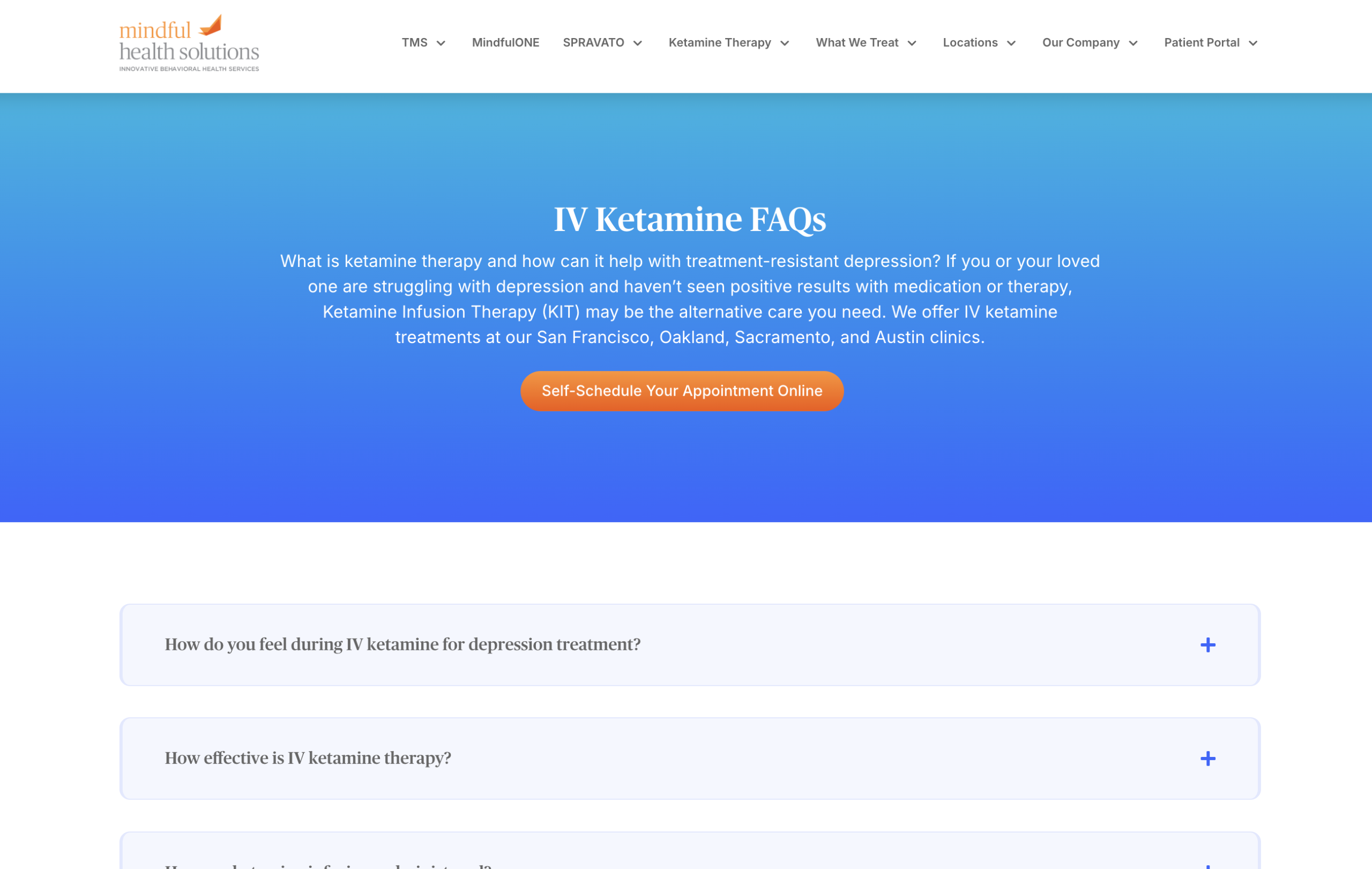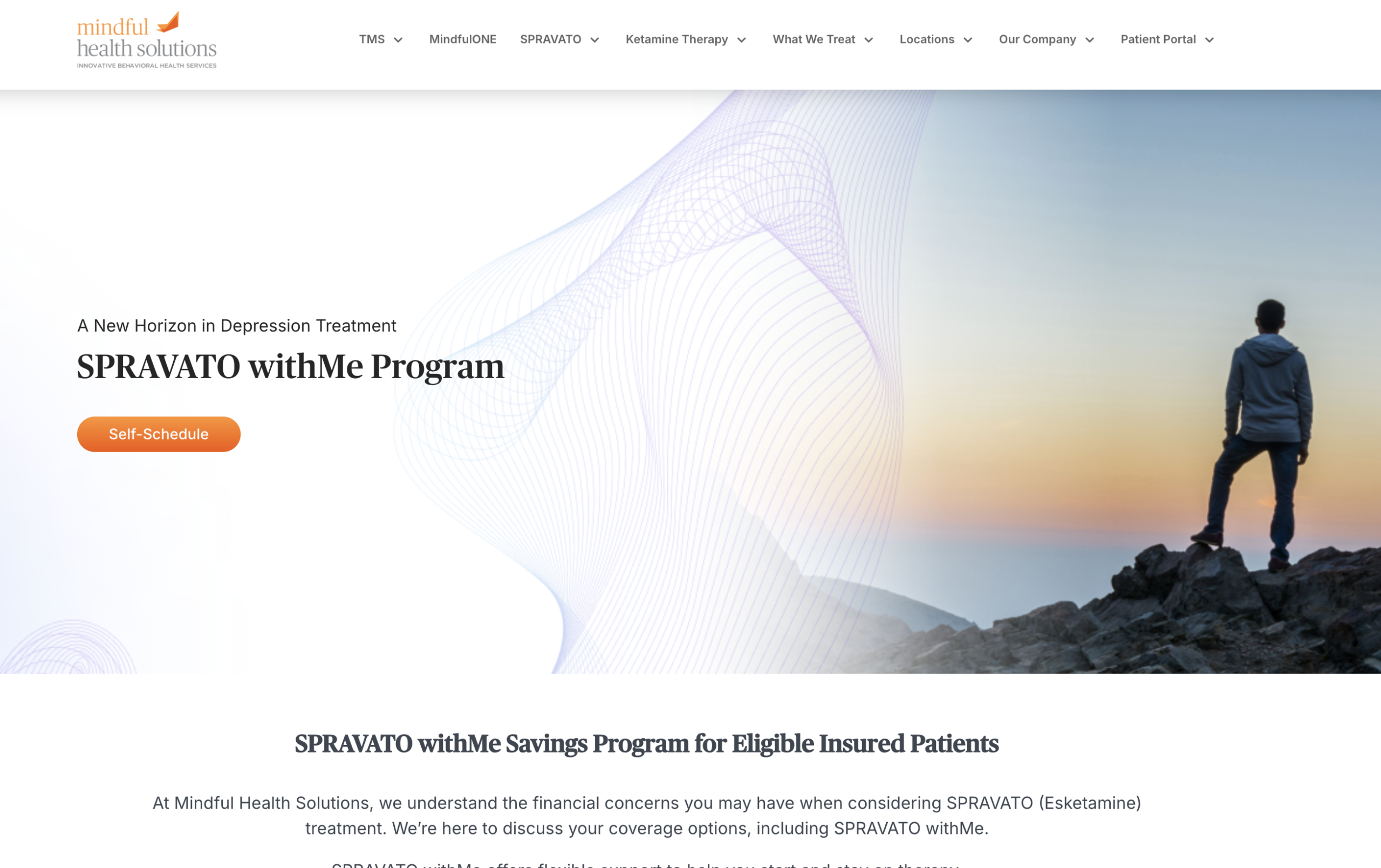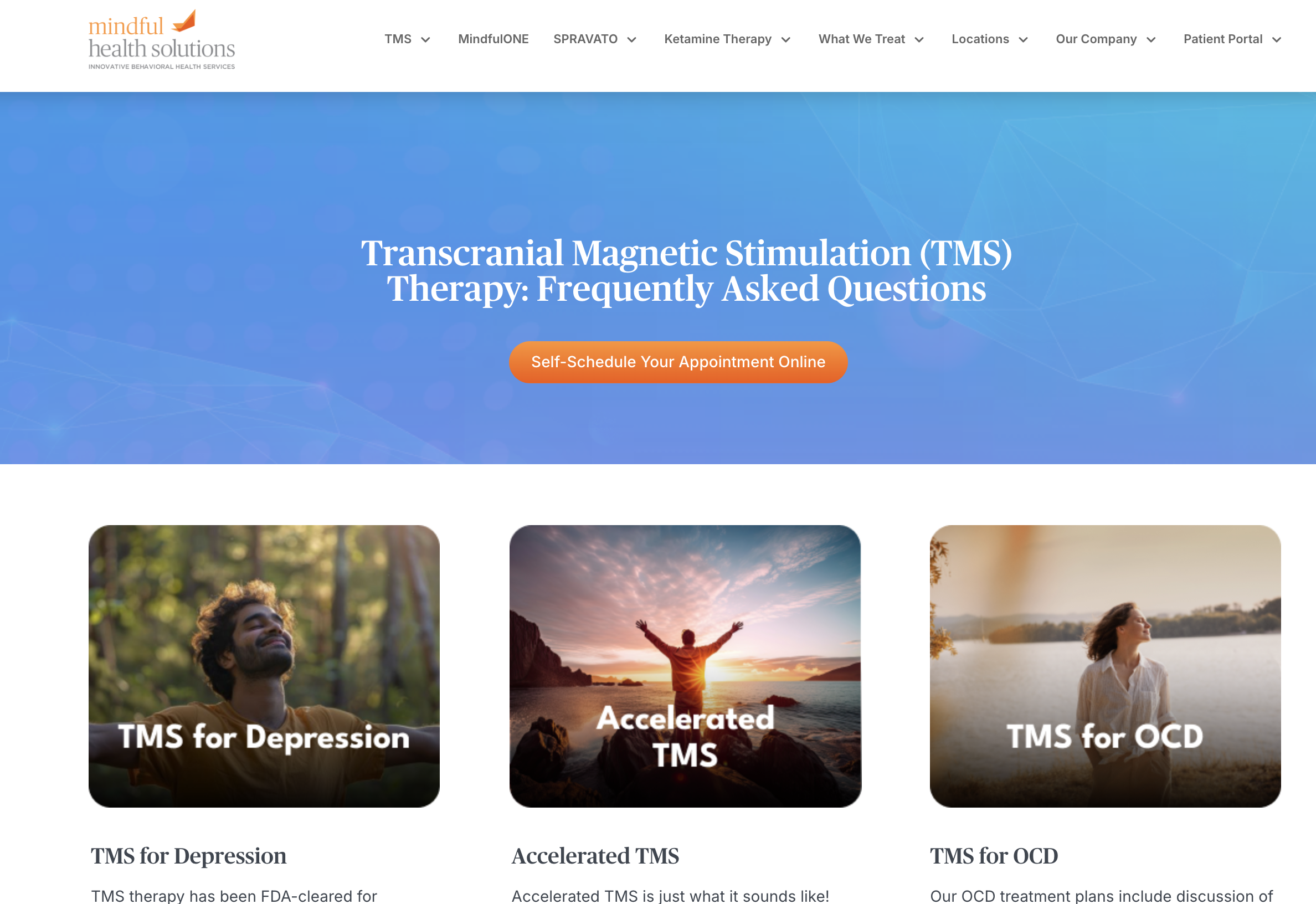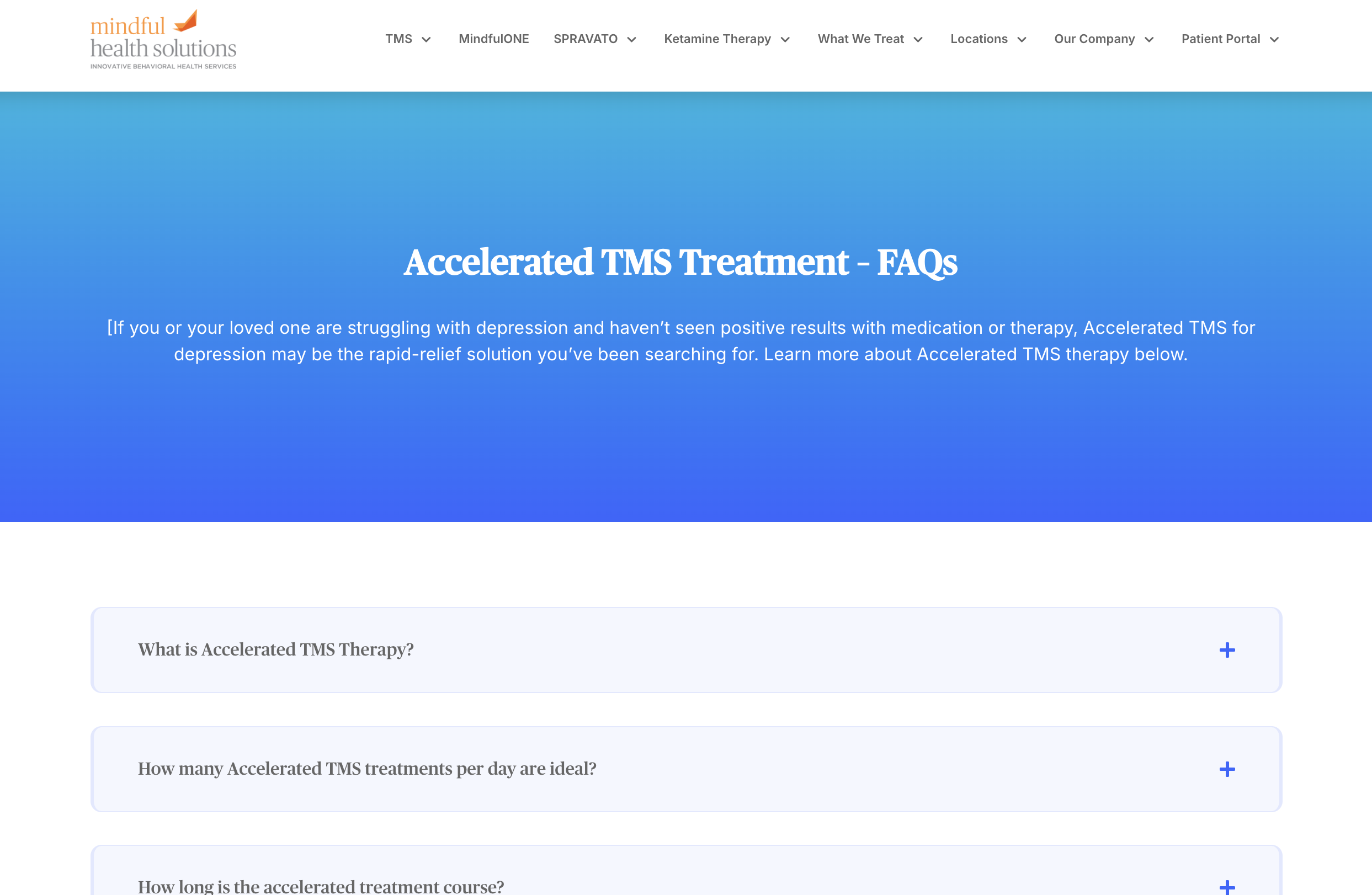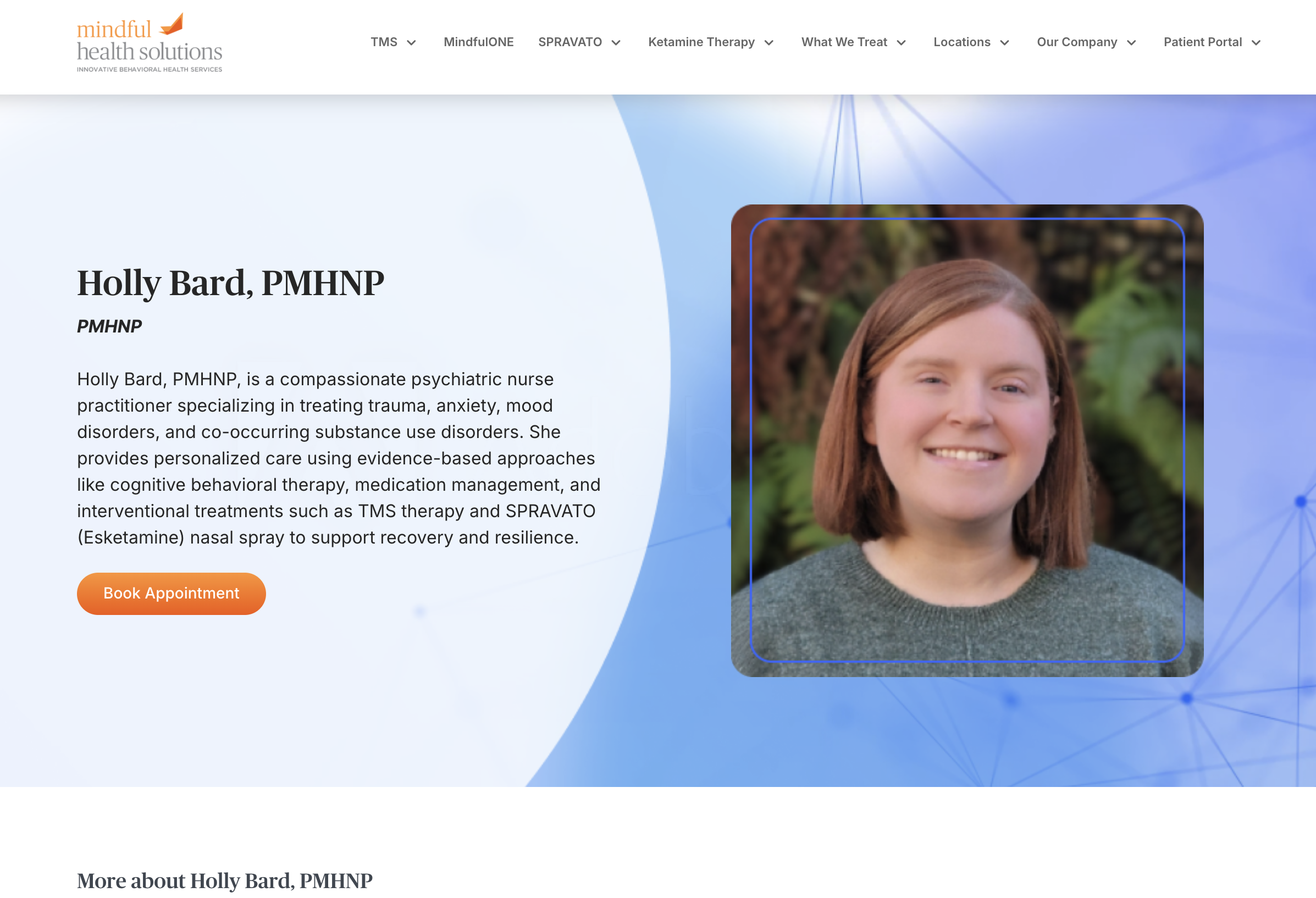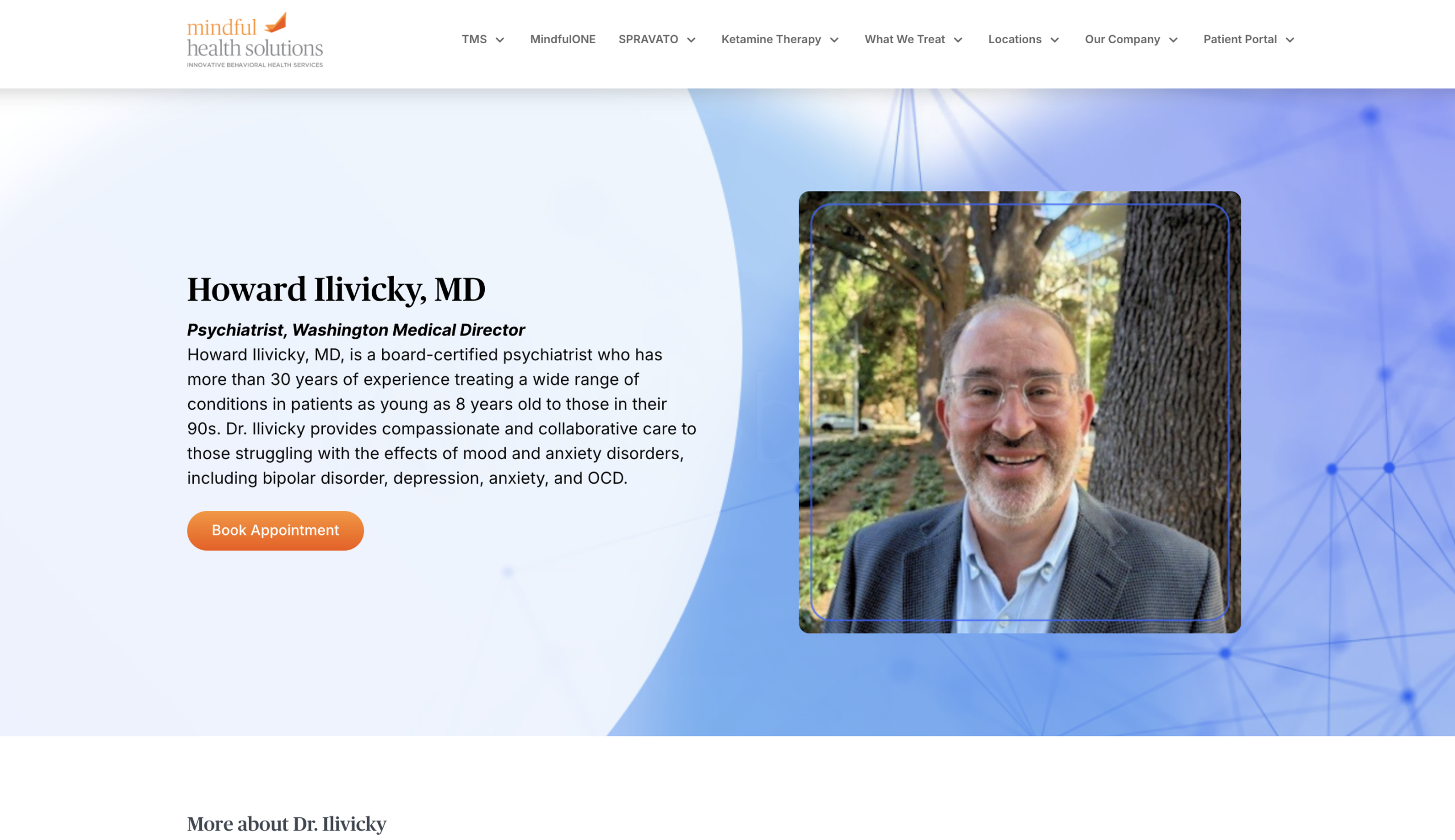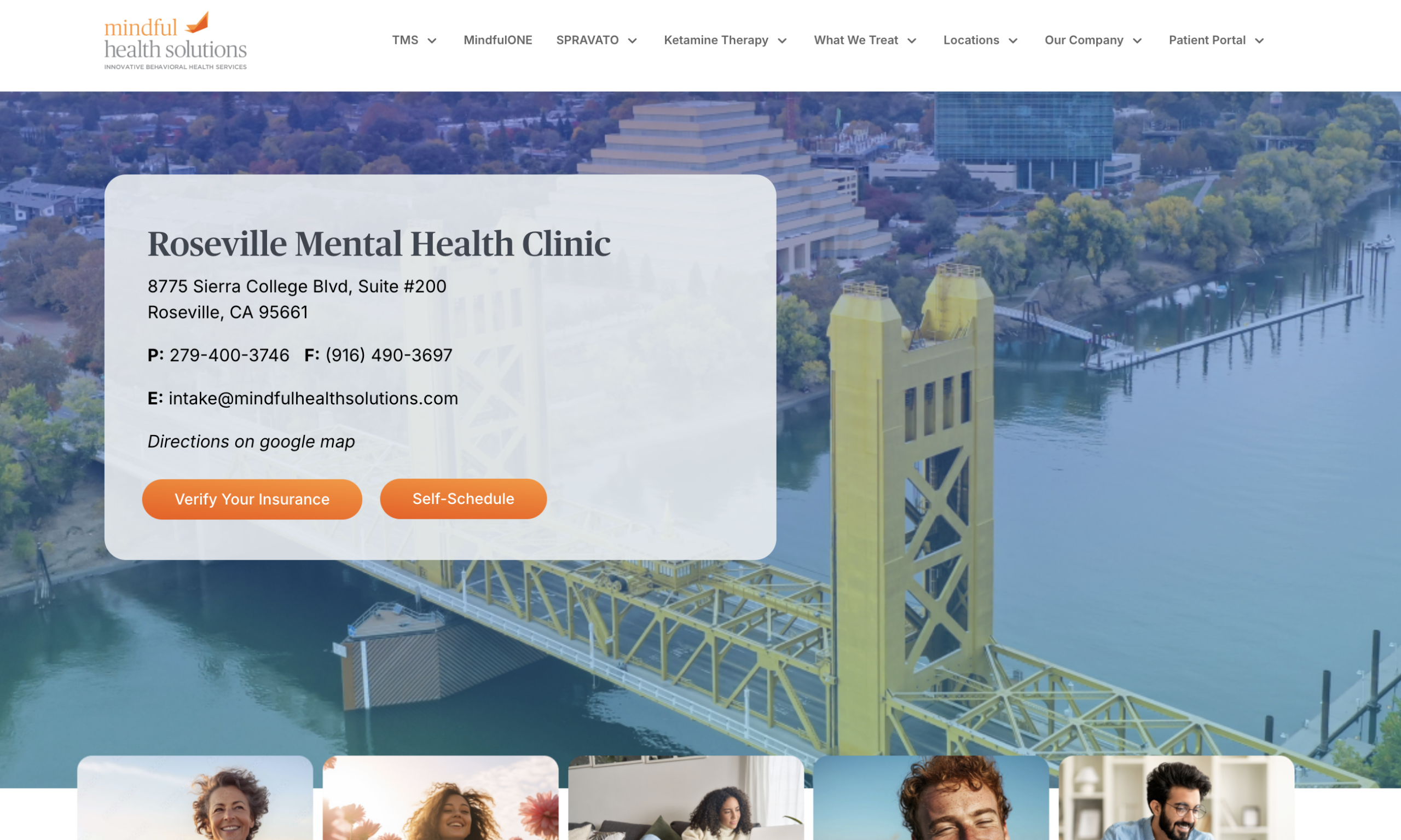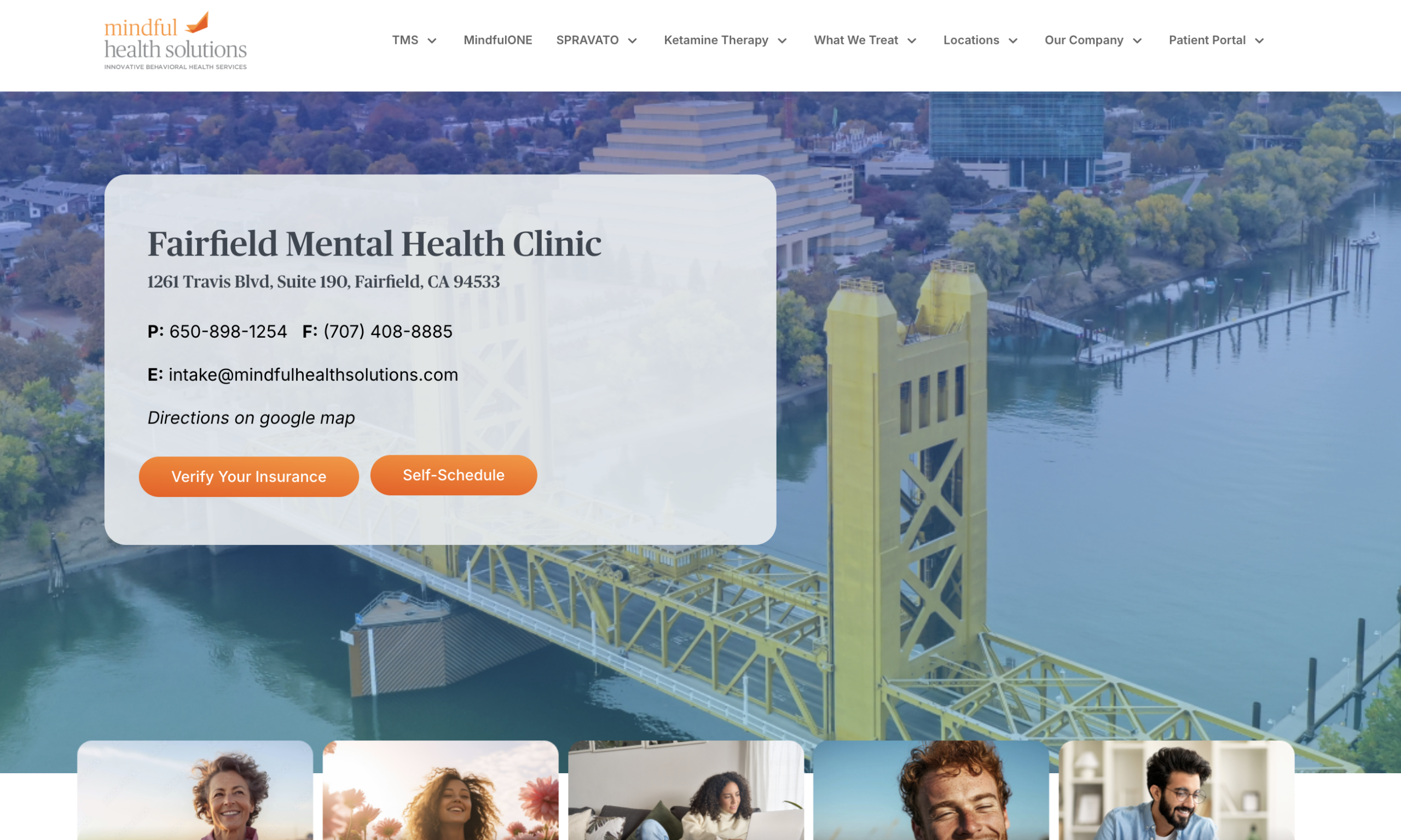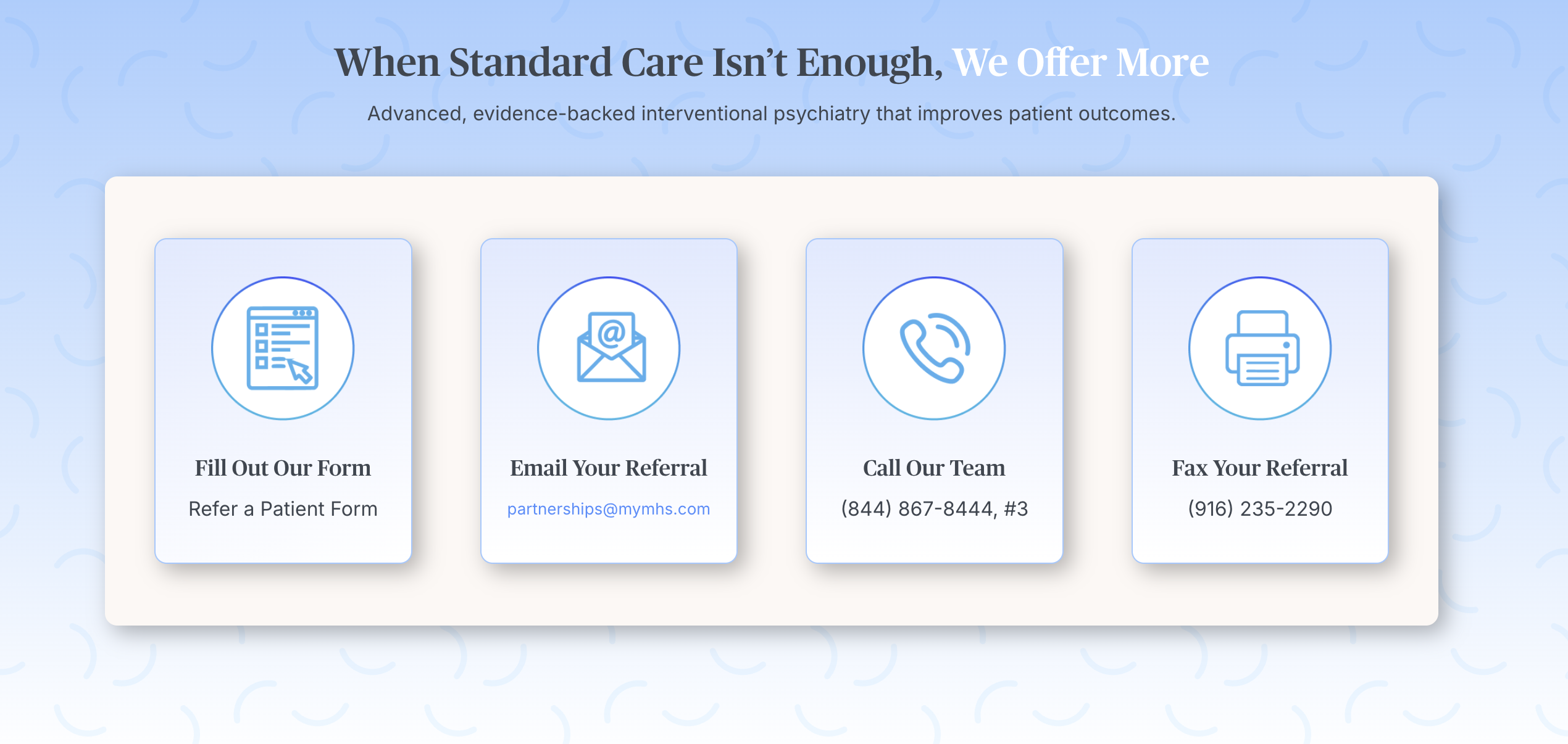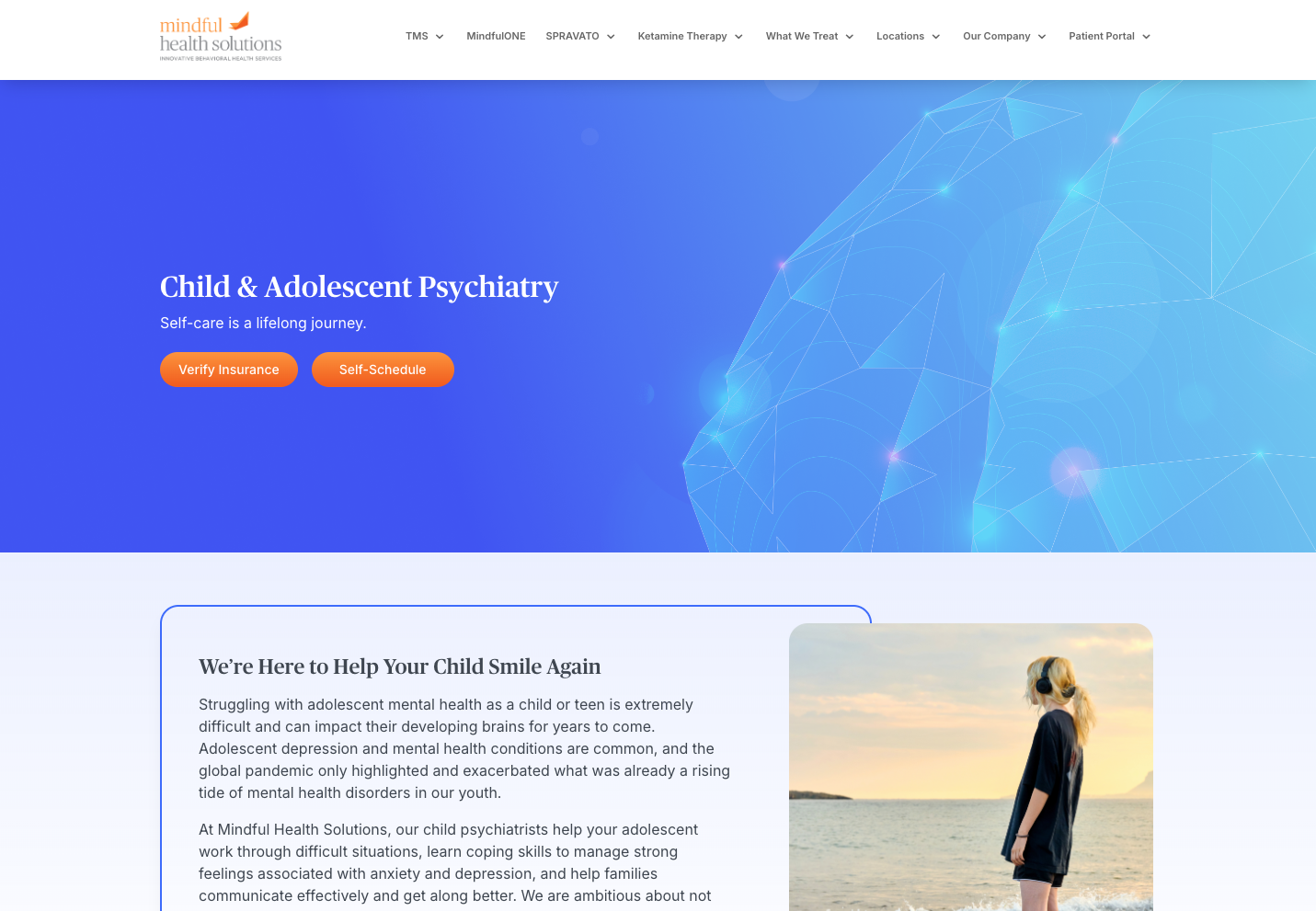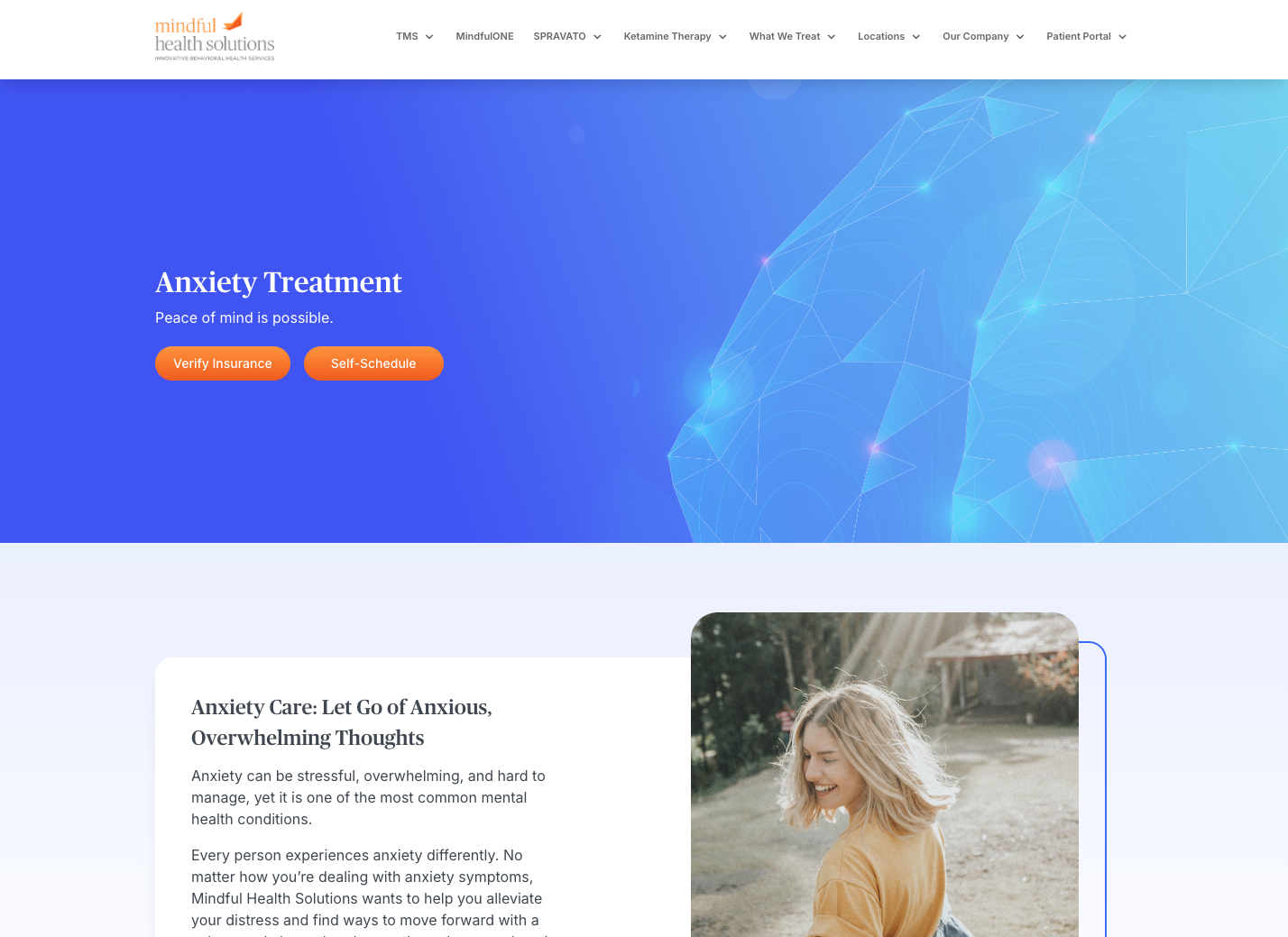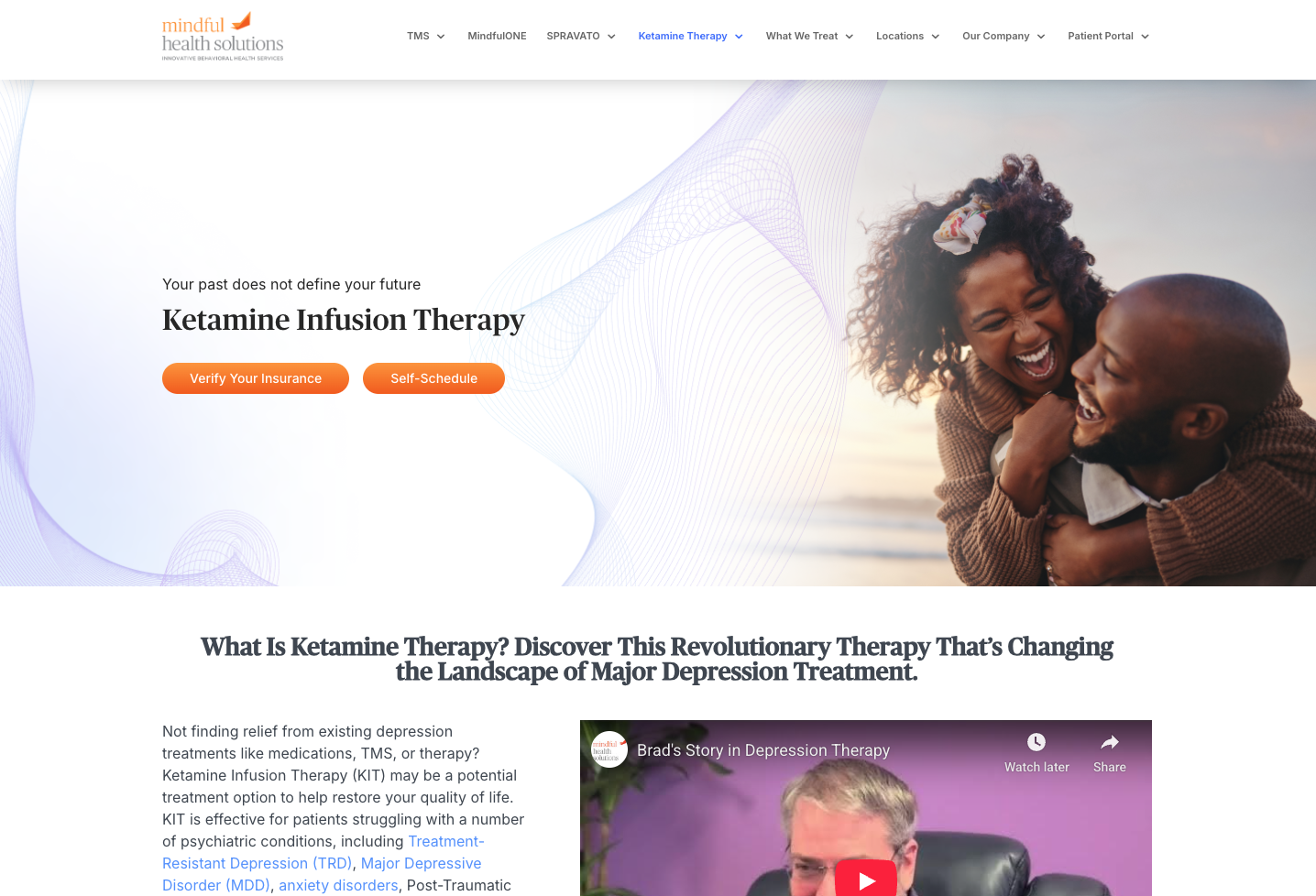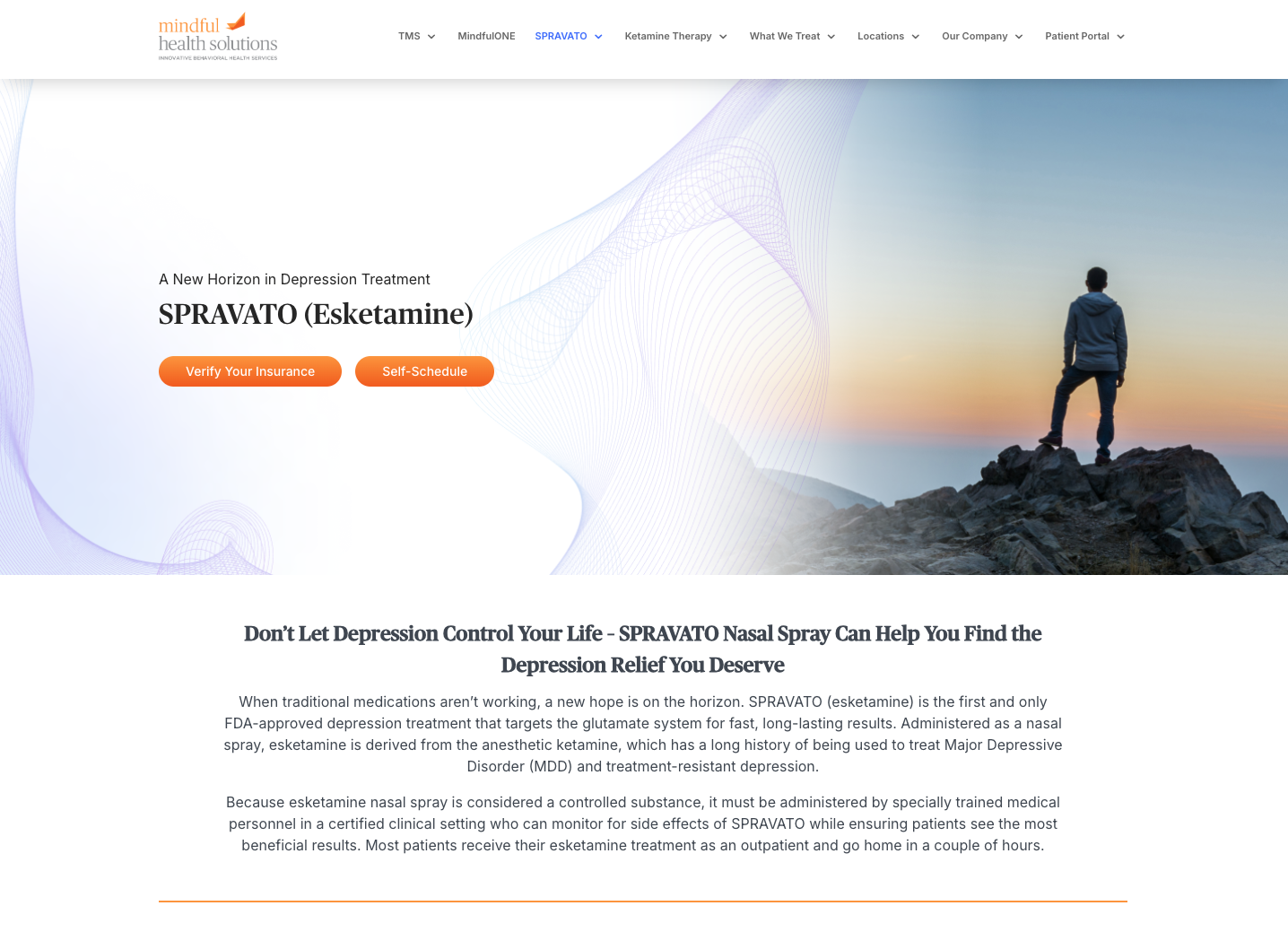Telepsychiatry FAQs
Video appointments are safe, easy and allow you to get help from home. Before your appointment, it’s important for you to find a quiet, private space with minimal distractions. If you need to sit in your car because this offers you the most privacy, that’s fine, but you can’t be in a moving vehicle, and you need to be alone.
What is a telepsychiatry?
Telepsychiatry is an area of telemedicine where patients can meet with their care provider on a safe, secure video call.
Do I have to use my desktop computer?
You can use your desktop or laptop. You can use an Ipad or a tablet. Or you can use your smartphone. All of these work for your telepsychiatry appointment.
Do I need to download anything?
You will need to download the Zoom application from the Zoom website or your app store. It’s easy and only takes a few minutes- and if you need help, give us a call and we can help you.
What if my audio doesn’t work?
If your audio isn’t working, we can likely move you to a phone only call.
Does my insurance cover these appointments?
Yes, most insurance plans cover telemedicine- and we’ll do a benefits investigation for you before your appointment to let you know.
Can I take the appointment from anywhere?
It’s important for you to be in a private, quiet space for your appointment. Try and find a room with minimal distractions. If you need to sit in your car because this offers you the most privacy, that’s fine, but you can’t be in a moving vehicle, and you need to be alone.
Can I be in my pajamas?
Please dress as if you are coming into the office to see your provider.
